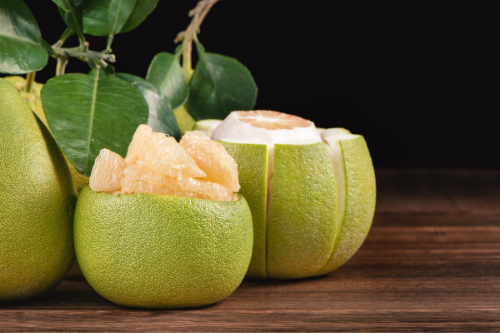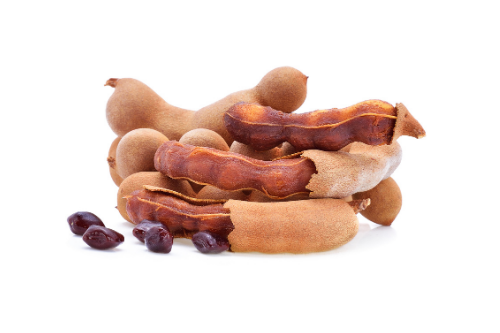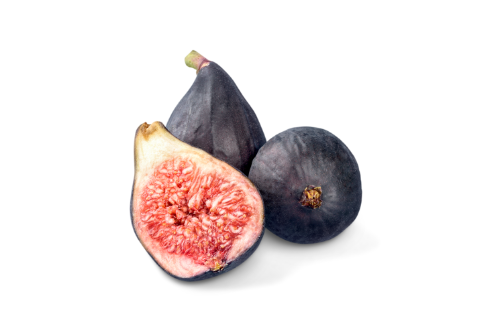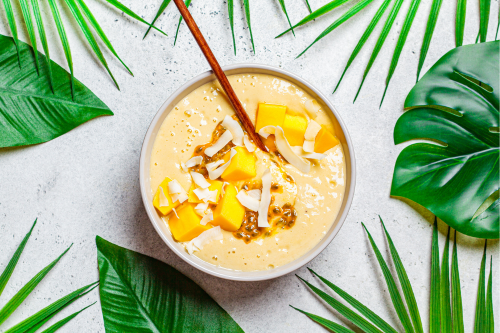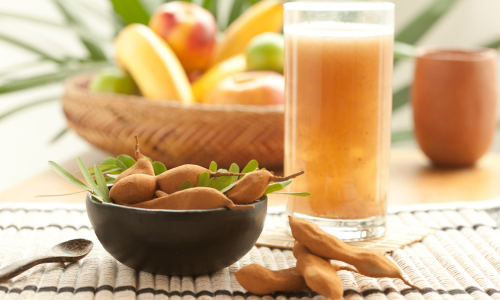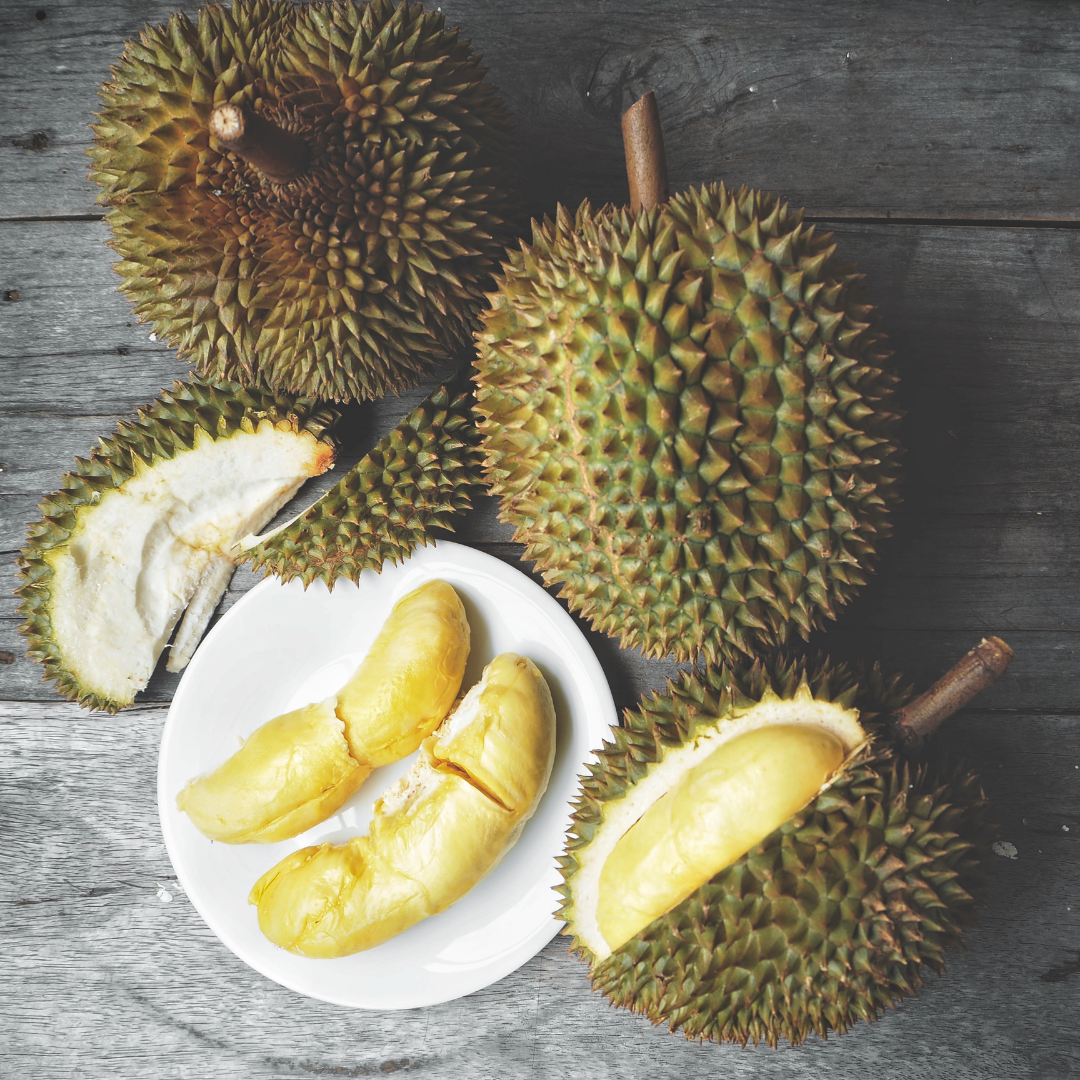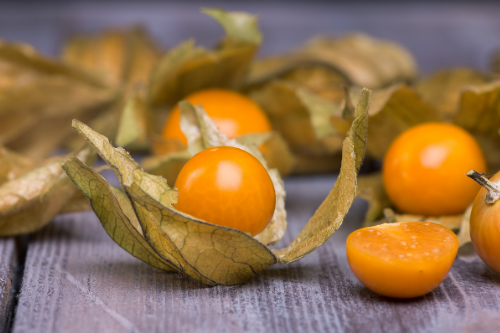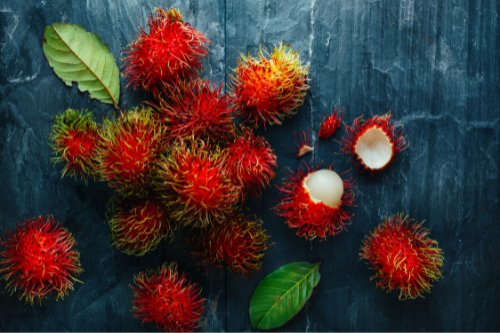Home » Tropical fruits » Pomelo
Pomelo
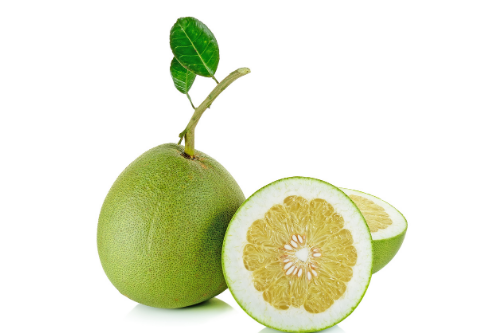
Source of vitamin C
Rich in potassium
Boosts your energy

The pomelo, a citrus fruit, is a cross between a grapefruit and a sweet orange.
It is known for its slightly bitter taste, which is milder than that of the grapefruit.
The fruit has a thick, smooth skin and is white-yellow in color when ripe.
Pomelos can grow as large as 30 centimeters, making them the largest citrus fruit.
Apart from its refreshing taste, the pomelo is a rich source of carbohydrates, making it a great energy booster.
It is also high in potassium, which is essential for maintaining a healthy nervous system and muscles.
In addition, the pomelo contains substances that can aid in weight loss due to its low-calorie content.
Furthermore, the pomelo is a great source of Vitamin C, which is essential for boosting the immune system and maintaining healthy skin.
It also contains Vitamin B, which is important for maintaining healthy brain function and reducing the risk of heart disease.
Origin
The Pomelo is a citrus fruit that grows on a tree which can reach up to 15 meters in height.
The tree produces small flowers in clusters which then become the Pomelo fruit.
This fruit is native to Thailand and Malaysia, and it has been cultivated there for centuries.
It is believed that the Pomelo was introduced to other countries by Chinese traders who brought the fruit with them on their voyages.
Nowadays, the Pomelo can be found in various countries around the world, including the United States, Australia, and South Africa.
Due to its unique taste and texture, the Pomelo has become a popular fruit in many different cultures.
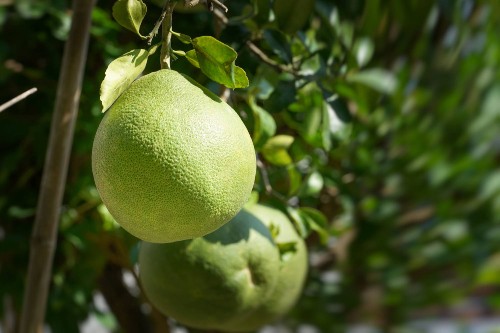
Taste
Pomelo is a type of citrus fruit, related to grapefruits, but with a unique flavor that is distinct from their more common cousin.
The size of a pomelo can vary, but they are generally larger than grapefruits, and have a thick, pithy rind that is easy to peel.
Once you get past the rind, you’ll find a thick layer of white pith that surrounds the fruit’s juicy, fleshy interior.
One of the things that makes pomelos so interesting is their taste.
They have a complex flavor that is both sweet and tart, with a slightly bitter aftertaste.
It’s a taste that is hard to describe, but once you try it, you’ll understand why people love it so much.
The flesh of a pomelo is firm and juicy, with a texture that is both satisfying and refreshing.
It’s the perfect healthy snack on a hot summer day, or a great addition to healthy recipes.
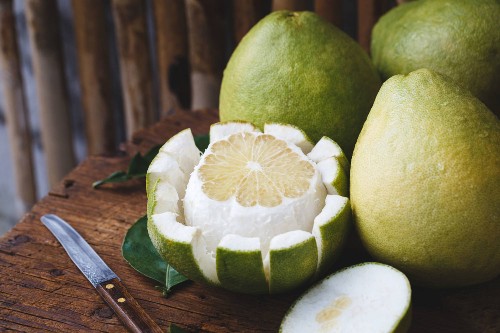
Store
When it comes to storing pomelos, it’s important to note that keeping them in the refrigerator is not the best idea.
While it may seem like a logical choice, the cold temperature can actually cause the pomelo to dry out and lose some of its flavor.
Instead, it’s recommended to keep them in a cooler place, such as a pantry or kitchen counter.
By doing so, you can ensure that your pomelos last anywhere from one to three weeks.
Giving you plenty of time to enjoy this delicious and nutritious tropical fruit in a variety of different ways.
Benefits
Boost immune system
Ideal for losing weight
Helps against aging
Healthy for your teeth
Great for blood pressure and veins
Read the explanation of the health benefits here
